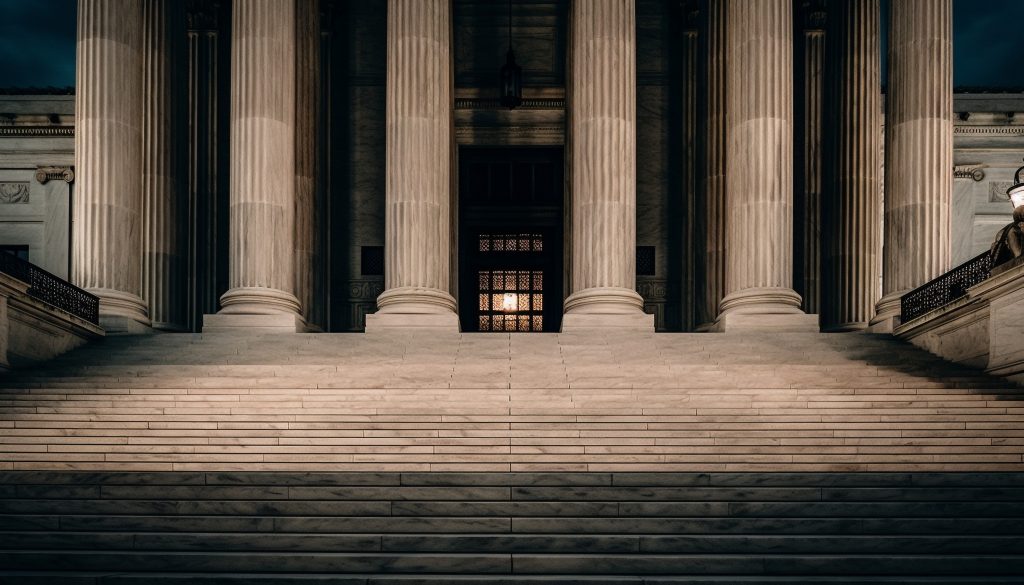The Federal Reserve proposed rules to gain clarity on how traditional banks are exposed to non-bank financial institutions.
Institutions like hedge funds, mortgage lenders, and private equity funds are often referred to as “shadow banks” because they don’t have to report their transactions to the Federal Reserve. The Fed estimated that conventional banks had around $2 trillion in funds tied up in non-bank financial institutions at the end of 2022.
The new rules emerged from a June collaboration between the Federal Reserve and the European Central Bank (ECB). The central banks voiced concerns that leverage is continuing to be piled upon leverage in a high-interest rate environment, which could lead to systemic financial fragility.
Understanding Exposure
Regulators can’t identify potential issues proactively because of the lack of transparency into the operations of non-bank institutions. Because these entities aren’t allowed to take customer deposits like traditional checking and savings accounts, they haven’t previously fallen under the Federal Reserve’s purview.
Under the new guidelines, however, banks would be required to regularly report their lending to non-bank institutions and include details like the type of collateral they’re using and a profile of the company they’re lending to.
Since the June proposal was issued, it hasn’t been immediately clear how far the Fed will go. However, according to a recent Reuters report, an unnamed banker from a major Wall Street firm said that the Fed has recently begun to ask much more detailed questions about the bank’s exposure to private equity funds and other shadow banking operations.
Concerns About a Collapse
The Federal Reserve’s proposal is part of a larger initiative by lawmakers to regulate the non-bank entities that are increasingly becoming a fixture of modern day banking. Those concerns were exacerbated after the costly bankruptcy of fintech Synapse, who failed to monitor and secure funds for its client banks.
Because the non-bank entity wasn’t regulated, the FDIC was unable to insure Synapse’s customers, who still don’t have access to funds estimated between $65 million and $95 million. The collapse spurred lawmakers to demand the restoration of customer funds.
Though the Federal Reserve is concerned about similar issues arising from shadow bank lending, it’s unclear how quickly the Fed can get a handle on a market that is booming—private credit alone is now estimated to be a $1.5 trillion market.
